BLOG – UNDER THE HOOD


April 14, 2022
Top 8 Car Tech Trends for 2022
Car tech trends in 2022 are like other technological trends: they seem to change faster than we can go from 0 to 60.
We’ve been covering automotive trends over the past few months. In March, we covered the current market and what it means to anyone who wants to buy or sell a car in 2022. In February, we looked at auto industry trends for 2022.
This month, we combed through automotive publications, news, and expert sites to come up with a list of technologies we could expect to see on our next vehicle.
Introducing our Top 8 Car Tech Trends for 2022. We start with new ways to access and turn on your car—keep reading.
1. Smartphones replace car keys

Forget fabs. Soon we’ll be able to remote start, lock, unlock, and drive our cars using an app.
The perfect technology for those of us who have a habit of losing our keys, digital keys are becoming mainstream. The concept is simple—your smartphone will replace your car keys and control who and when a person can access your vehicle.
Which automakers currently offer digital keys?


The good news: BMW, Genesis, Mercedes-Benz, Hyundai, and Ford are car makers that already offer mobile access on certain models.
The bad news: Digital keys are currently only available to Android users.
We’re confident it won’t take long before this advanced technology will be available to all smartphone users, especially iPhone.
The coolest part of the technology: it gives a person the ability to share their digital key virtually with someone else, like:
- A valet attendant,
- A friend who’ll drive their car home after a night of drinking, or
- Anyone they want to share their car with privately.
2. Cars will become WiFi hubs


Now that you’re in your car, it’s time to discover what’s new in car tech trends for the interior.
Imagine turning your car into a Wi-Fi hotspot. Not only would having a reliable internet connection improve road trips (no more network dead zones) but it would streamline our driving, save us time, and keep us safer.
Wi-Fi enabled vehicle capability
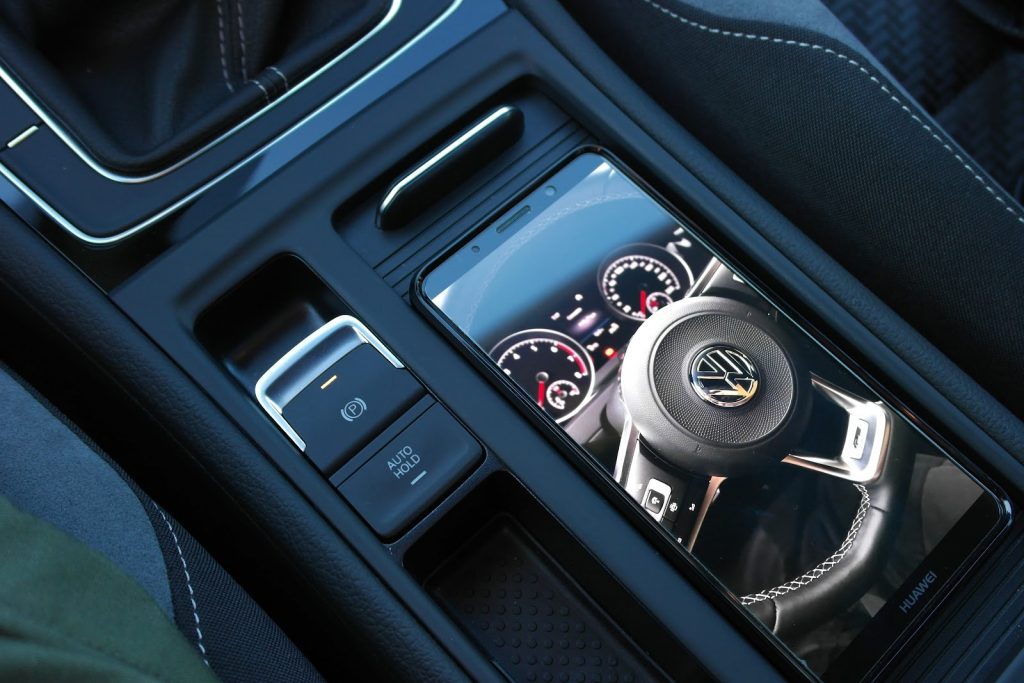

On top of hands-free calls and satellite radio, features that have been available on vehicles for some time now, cars of the near-future will come with Wi-Fi access and connected mobile apps that offer:
- Improved car infotainment. Kids and other passengers will have the ability to play games and watch movies on a smartphone, tablet, or a built-in vehicle screen.
- Real-time traffic updates and navigation.
- Weather reports.
- Smartphone charging and connectivity.
Where this last feature is concerned, your call will not only be able to act as a WiFi hotspot for your phone but also as a convenient charging station.
Gone will be the days when you get into your car and have to fiddle with a cord to charge your cell phone. Vehicles will soon come standard with a charging pad and wireless smartphone connectivity.
3. Driver assistance systems will be more refined


Advanced driver-assistance systems, or ADAS, are technologies designed to improve driver safety and reduce accident rates.
ADAS include everything from technologies that prevent a car from drifting into another lane to others that keep vehicles a safe distance from one another. Some examples include:
- Teen driver assistance
- Forward collision warning
- Lane departure warning and correction
- Lane-keep assist
- Automatic emergency braking
- Automatic parking
- Crosswind stabilization
- Traffic sign recognition
- Emergency services assist
- Traction control
- Adaptive cruise control
- Adaptive light control
- Anti-lock brakes
In today’s vehicles, dozens of these systems come bundled together and vary depending on trim level.
The future of ADAS


The next generation of ADAS will include vehicles that can communicate with one another and vehicles that are aware of their surroundings.
Vehicle to Vehicle (V2V) and Vehicle to Infrastructure (V2I or V2X) are slated to take collision prevention out of the hands of the driver and into the digital workings of the vehicle.
Next, we’ll cover a category of ADAS features in more detail, one that gives eyes to our vehicles.
4. Cars that can see what’s around them


Anyone who’s ever ridden a bike has experienced that moment of panic when passing a parked car at the same time the driver opens their door.
Luckily, the cars of the future will prevent these types of dangerous encounters.
Vehicles with swanky thermal imaging cameras to detect passing cyclists and pedestrians will be the way of the future. These cameras will work during the day and at night when visibility is lowest.
Beyond high-tech cameras, vehicles of the future will come with a second weapon against car-cycling collisions—keep reading to find what it is.
Safe Exit Assist


Safe Exit Assist (SEA) is a cool automotive technology that prevents passengers from opening the door when a car, pedestrian, or cyclist is approaching.
Unlike the thermal imaging cameras we mentioned earlier, SEA uses radar to detect an oncoming person or vehicle. The technology works whether the car is or not, alerts the driver and passengers with a chime when it’s activated, and keeps the doors closed until traffic has passed.
More car tech to improve driver visibility
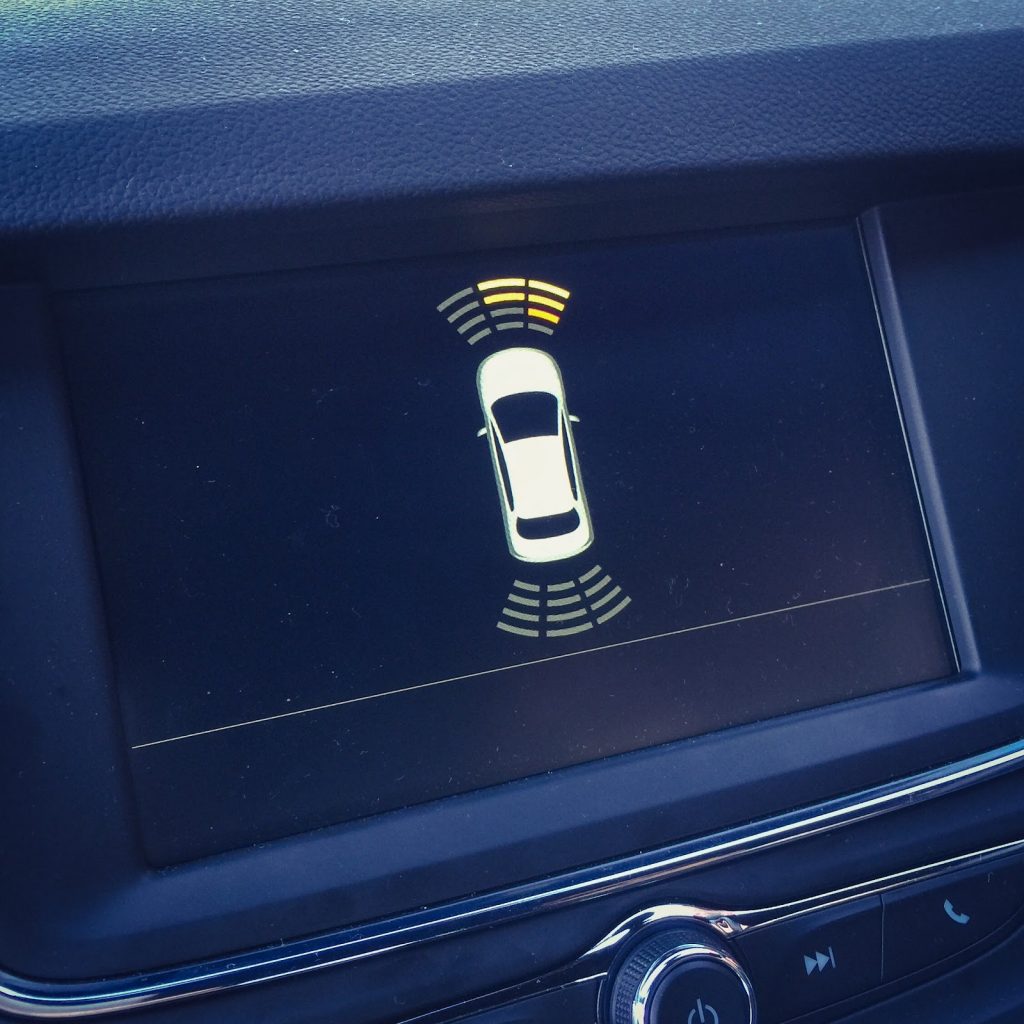

The following driver visibility features are becoming standard on new vehicles of all price points.
- 360-Degree Camera
Drivers see a top-down view of their car to allow them to see their surroundings, improve ease of parking, and avoid obstacles.
- Video Rearview Mirror
A piece of technology that’s currently not as available as the 360-degree camera is the video rearview mirror. It gives the driver a live view of what’s happening behind their vehicle. Powered by a rear-mounted camera, this tech is perfect for when your view is blocked by a packed car. Drivers can toggle between the traditional rearview mirror and the video version depending on the situation.
- Blind-Spot Monitor
Blind-spot monitors already exist on today’s vehicles. Nifty side mirror sensors lit up and offer a friendly chime when something’s in a car’s blind-spot. Now, cars of the near future will show drivers what’s in their blind-spot. Like backup cameras, side-view cameras will show an image on the vehicle’s main dashboard screen.
This car tech will tag team nicely with SEA mentioned earlier.
5. Vehicle tracking technology will advance


Car theft continues to happen in Canada. The importance of built-in vehicle tracking technology can’t be overlooked.
Not only will tracking systems reduce auto insurance costs, because they deem these cars less of a viability, it makes it easier for law enforcement to find a stolen vehicle.
What’s cooler: tracking systems will give us the ability to remotely slow down, stop, shut off, and prevent a vehicle from being restarted.
Vehicle tracking technology is currently available on BMW ConnectedDrive, Genesis Connected Services, Merceds-Benz me connect, GM OnStarⓇ, Subaru StarlinkⓇ, Hyundai BluelinkⓇ, and, not surprisingly, Tesla Track Mode.
The dark side of tracking technology


Tracking technology can also be used against a car owner, however. Police in Toronto, ON, discovered that thieves like to place Apple AirTags on coveted vehicles they later track and steal from owner’s homes.
The bright side of car tracking tech
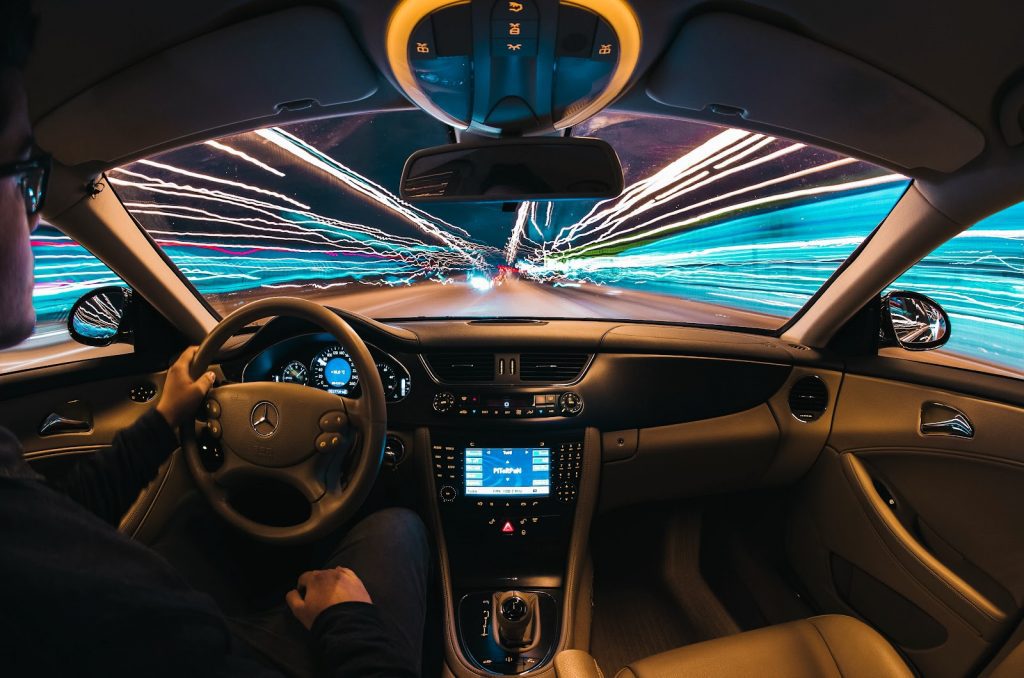

Not only will vehicle tracking technology help you to find your stolen car—or even a lost car in a parking lot!—it will also help rescue services find a vehicle after a crash, help police locate a lost driver, and allow parents to keep track of their kids when they borrow the car.
6. The cars of the future will have better batteries


Cost, availability, and the environmental, moral, and ethical considerations of mining and disposing of cobalt have put the longevity and sustainability of electric vehicle (EV) batteries at the forefront of manufacturers’ minds.
Companies like GM and Honda, competitors in several vehicle classes, are partnering on this issue. These partnerships are mutually-beneficial ones: automakers share the expense of developing new car battery technologies and then reap the benefits. For example:
- More affordable, longer-life, more durable, and more efficient batteries,
- Reduced production costs,
- Easier repair of EV batteries, and
- Reduced environmental risks (less cobalt needed per battery and better options for disposing of the battery’s cobalt after it’s reached the end of its lifespan).
Hydrogen fuel cell technology may offer an answer
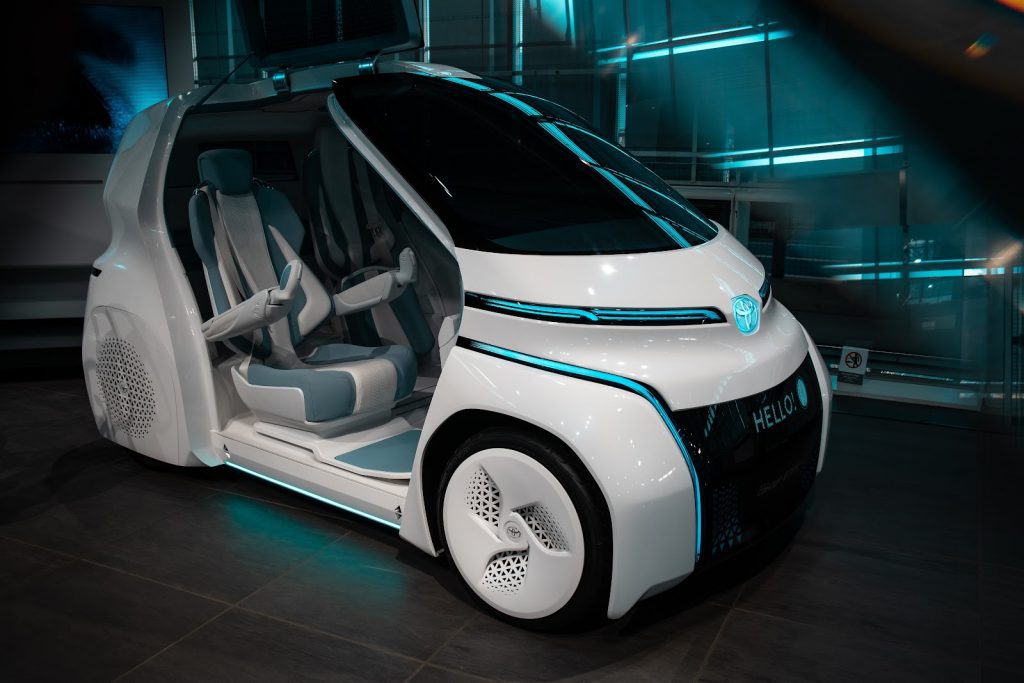

While hydrogen fuel cell technology has been around for awhile now, it didn’t really catch on until automakers, responding to more stringent emissions regulations, started seriously investing in it.
Where other technologies have failed, fuel cells may be well poised to take over. Not only do fuel cell EVs not use cobalt, they charge faster, keep their charges for longer, and emit only water.
7. Tech giants may become automakers


We’ve seen the iPod, the iPhone, and the iWatch—why not the iCar?
The auto industry already purchases technologies from major electronic companies—think Apple, Google/Android, Panasonic, Sony, and Foxconn—why not go one step further and work with them to design an entire car?
This isn’t hypothetical; Ford announced last year it would partner with Google to develop a car.
We bet the smartest, most forward-thinking automakers will partner with tech companies to design the car of the future. If not, car companies may find electronics companies on their wheels in a race to become the next leaders in the automotive industry.
8. Tesla will get a competitor
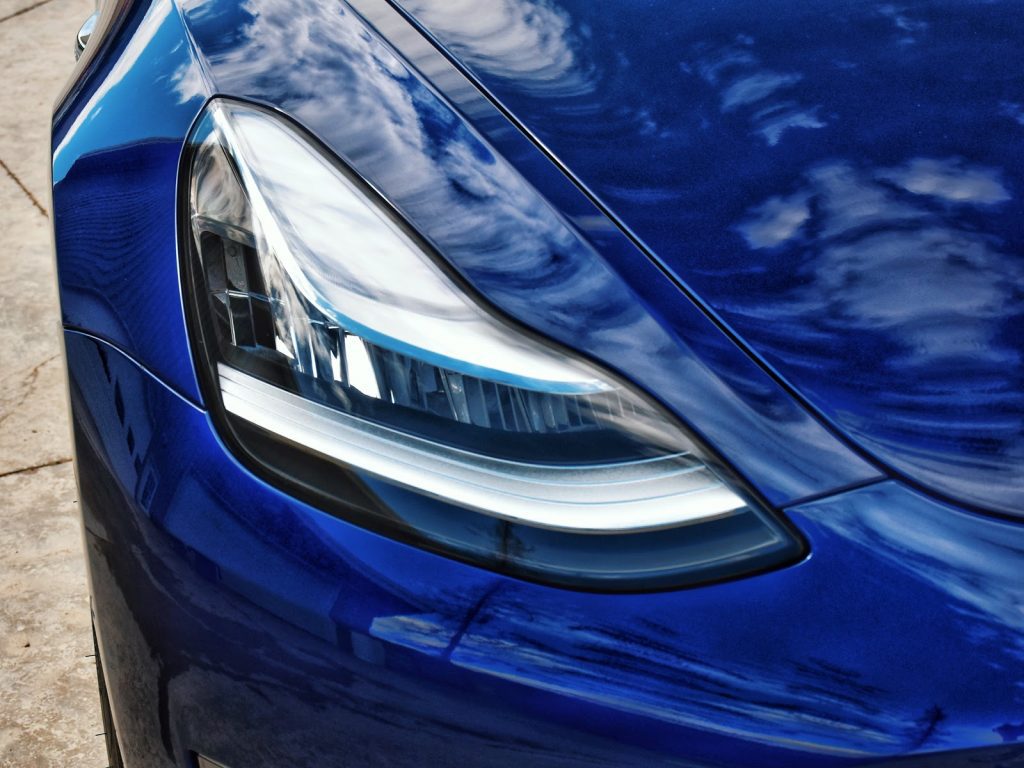

We love the story of Tesla, one based on a desire to make a commercially-viable electric car. It paved the way to the growth of the electric car industry, no pun intended, and its success has finally earned it its first real competitor: Lucid Motor.
Lucid Motors, with its electric luxury sedan Lucid Air, is a serious contender to dethrone Tesla as the leader of electric vehicles.
What’s not on the tech trend list: the self-driving car


As much as the idea of being driven around by a self-driving car is appealing, we’re going to have to wait longer for the technology to become the norm.
A lack of legislation, certification, proper infrastructure, and the high cost of the feature will further delay the age of the fully autonomous vehicle.
Having said that, car buyers will find lower levels of automation in showrooms in 2022. For example, Level 3/4 driving automation will be available on certain models of Tesla, Mercedes-Benz, and Audi vehicles.
Beyond 2022: Future Car Tech Trends


Car tech trends for 2022 are exciting and awesome. Who thought we’d be living in an age where cars could (almost) drive us?
The biggest question remains: how long before we can fly around in our cars like in Blade Runner?
As for what’s next, micromobility, smaller, more efficient engines, augmented reality (AR) and artificial intelligence (AI), electric charging lanes, and the use of new materials like carbon fiber and bamboo are all vying to be on future car tech trends lists.
Until then, take care of the car you own now. Whether vintage or brand new, our JD Collision team can take care of your vehicle.
Contact us today to book.